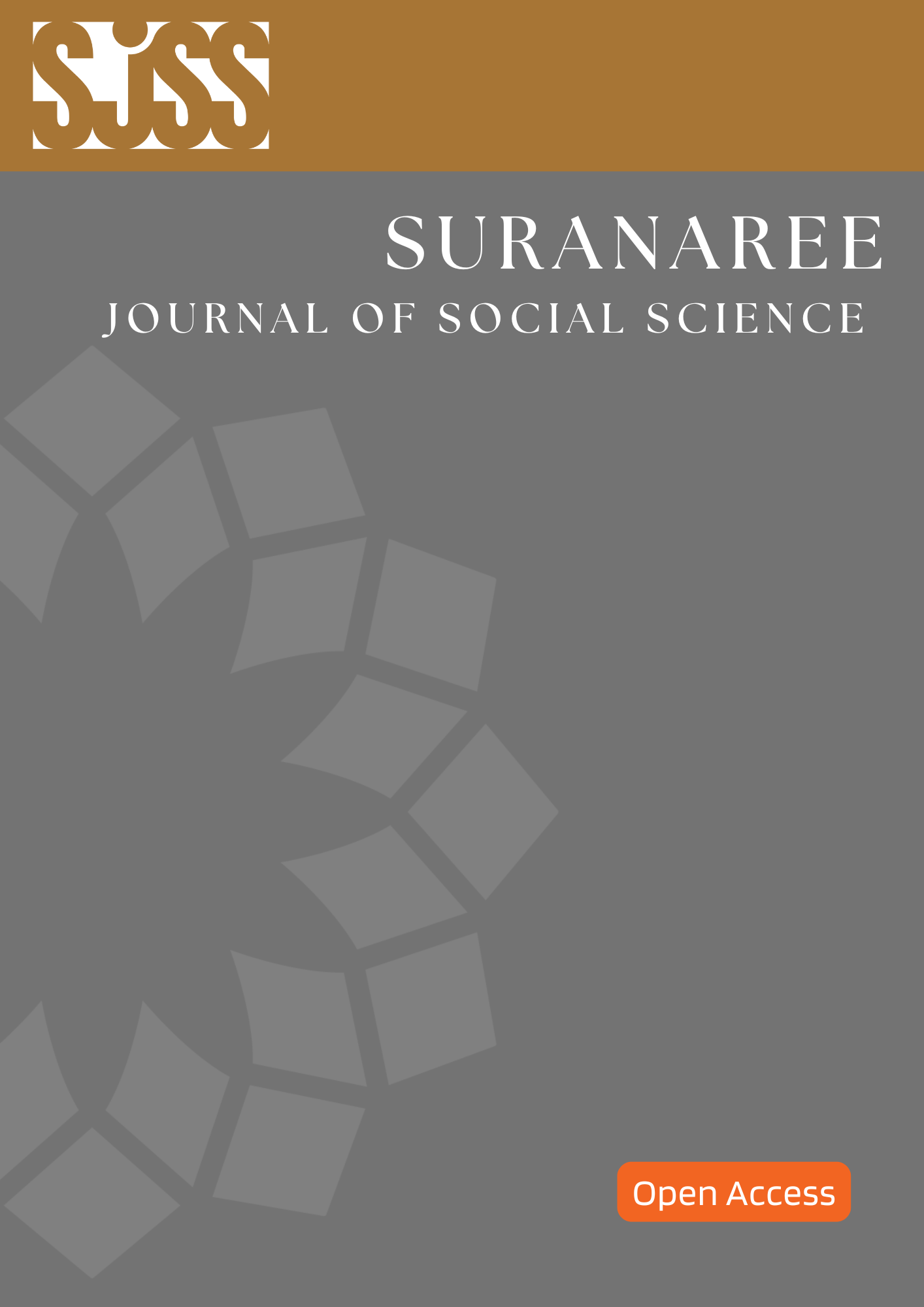Structural Equation Model for Integrated Leadership Affecting Quality Schools
Main Article Content
Abstract
This research aimed to 1) study the level of influence of integrated leadership on quality schools and 2) check the fitness of the structural equation model for modeling integrated leadership and its effect on quality schools using empirical data. Descriptive research was the research methodology utilized. The sample of this research included 300 teachers and school administrators selected by multistage random sampling and following parameter amounts of 15:1. The tool of this research was a 5-rating scale questionnaire. This research had two latent variables and five observable variables. The research instrument reliability was 0.943.
After data from the research were analyzed, it was found that:
- Integrated leadership levels were high on average with the highest level factor being integrated vision and the lowest factors being teamwork and aiming for goals.
- The quality school levels were high on average with the highest level factor being integrated vision and the lowest level factors being teamwork and aiming for goals
- The structural equation model for the effect of integrated leadership on quality schools showed a direct influence with empirical data 0.781, 61.10 percentage and R2 = 0.611.
- The structural equation model for the effect of integrated leadership on quality schools had the empirical data of = 31.525, df = 25, / df = 1.261, P-value = 0.1722, RMSEA = 0.029, SRMR = 0.025, CFI =0.997, TLI = 0.995
Article Details

This work is licensed under a Creative Commons Attribution-NonCommercial-NoDerivatives 4.0 International License.
References
Blasé and Blasé. (2004). Developing Academic Leadership in Schools: Guidelines and Implications for University Preparation Programs and Administrators. School Leadership Review. 1(1): 69-82. https://doi.org/10.1080/15700760490503733
Chamcham, S. & Kornphetpani, S. (2013). Structural Equation Model. Journal of Research and Educational Evaluation. 9(2): 50-69.
Chanthawanit, A. (2004). Guidelines for The Administration and Development of Educational Institutions to Quality Schools. Bangkok: Office of Education Policy and Planning.
Crossman, M. Vera, D., & Nanjad, L. (2008). Transcendent leadership: Strategic leadership in Dynamicenvironments. Leadership Quarterly. 19(5): 569–581. https://doi.org/10.1016/j.leaqua.2008.07.008
JamJang, S. (2017). An Integrative Leadership Development Modelfor Administrators in the Early Childhood Institues of the Local Administrative Organization in Thailand. Academic Journal Phranakhon University. 8(2): 93-113.
Kettunen, J. (2015). The Stakeholder Map in Higher Education. International Proceedings of Economics Development and Research. 78(7): 34-38.
Lee Phaiyarat, T. (2017). Development of An International Standard School Quality Management Model. Suthiprit. 31(100): 261-273.
Rooncharoen, T. (2007). School Administration in The Educational Reform Era. Bangkok: L Place.
Upmaiatichai, T. (2017). Fundamentals of Educational Management. Bangkok: Chulalongkorn University Press.
Wanlert, C. & Sirisooksilp, S. (2017). Professional Management Characteristics That Affect the School Quality of Affiliation the Secondary Educational Service Area Office 19. M.S. thesis, Khon Kaen University, Thailand.
Wattana, A. (2018). Model of School Administration for Excellence of Schools under the Provincial Administration Organization. Ph.D. Dissertation, Nakhon Sawan Rajabhat University, Thailand.


